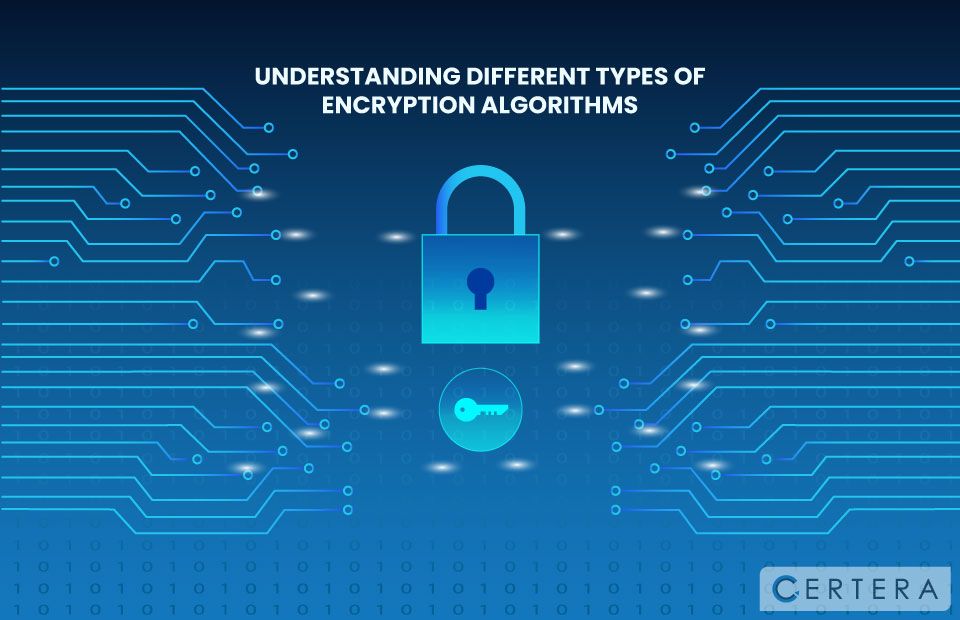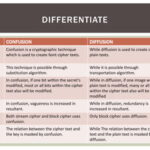In the world of digital security, encryption algorithms act as the sentinels standing guard over our sensitive information. However, just as not all knights are equally chivalrous, not all encryption methods possess the robustness required to fend off relentless adversaries. Thus, discerning the strength of an encryption algorithm requires meticulous scrutiny and a discerning eye. This article endeavors to illuminate the criteria that mark a strong encryption algorithm, traversing the technical landscape of cryptographic security.
To commence, it is paramount to grasp the foundation upon which encryption rests: mathematical complexity. At its core, the strength of an encryption algorithm is derived from the intricacies of the mathematical functions employed. For instance, algorithms leveraging number theory—such as RSA (Rivest-Shamir-Adleman)—are predicated on the arduous task of factoring large prime numbers. The key length plays a pivotal role here; longer keys exponentially increase the complexity of factorization, thereby enhancing security.
The first critical parameter to assess is key length. A common adage in cryptography asserts that “longer is better.” Presently, a key length of at least 256 bits is recommended for symmetric key algorithms, while 2048 bits is deemed the minimum for asymmetric algorithms. However, merely possessing a long key does not guarantee security. The strength of the underlying algorithm must be robust enough to withstand contemporary cryptanalytic attacks. As technology progresses, so do the capabilities of potential assailants; thus, what suffices today may falter under future scrutiny.
Continuing our examination, the statistical properties of the encryption algorithm also warrant attention. A strong algorithm should exhibit uniformity in its output patterns, effectively concealing any discernible characteristics of the plaintext. For instance, in the case of symmetric algorithms like AES (Advanced Encryption Standard), effective implementation ensures that slight alterations in the input produce drastic changes in the output—a phenomenon known as the avalanche effect. This characteristic is essential in precluding attackers from deducing any information about the plaintext based on the ciphertext.
Equally important is the scrutiny of the algorithm’s resistance to known cryptographic attacks. Employing a diverse arsenal of attacks—including brute-force attacks, differential cryptanalysis, and linear cryptanalysis—is essential in identifying potential vulnerabilities. A rigorous examination through extensive penetration testing and independent analysis is indispensable. Algorithms such as AES have undergone extensive public scrutiny and cryptographic review, solidifying their standing as formidable defenders of confidentiality.
The provenance of the encryption algorithm also merits consideration. Algorithms born from a rigorous and transparent development process that welcomes external audits and peer reviews tend to possess a greater assurance of reliability. In contrast, proprietary algorithms fashioned behind closed doors often lack the scrutiny necessary to identify subtle weaknesses. Open-source algorithms, benefiting from the collective expertise of the cryptographic community, inherently provide greater assurance due to their accessibility for public examination.
Evaluating the algorithm’s performance is another critical aspect. A strong encryption algorithm should not only provide robust security but also maintain operational efficiency. The balance between security and performance is crucial, especially in scenarios where real-time processing and latency considerations come into play. Consequently, an algorithm should not be a lumbering titan that impedes system performance; rather, it should operate fluidly while maintaining impregnable security.
Moreover, it is essential to be cognizant of the algorithm’s resilience against evolving threats. Cryptographic agility—the ability of a system to transition to stronger algorithms as threats evolve—becomes increasingly vital in a rapidly changing digital landscape. An algorithm that remains static in the presence of emerging vulnerabilities risks becoming obsolete. Thus, encryption systems should be designed with a view toward adaptability, facilitating swifter transitions to newer cryptographic standards as they materialize.
The intersection of theory and practice cannot be overlooked. The implementation of an encryption algorithm demands meticulous attention to detail. Flaws in implementation, whether originating from coding errors or misconfigurations, can undermine the most robust algorithms. As such, practitioners must ensure that encryption is executed in adherence to best practices. Employing established libraries with well-audited code can ameliorate the risk of implementation vulnerabilities, thereby insulating the encryption process.
Finally, amidst the technicalities lies a unique metaphor that articulates the sheer essence of encryption: it is akin to a formidable fortress establishing dominion over a treasure trove. The walls of this fortress are the encryption algorithms that deter intruders. However, these walls must be constructed upon solid foundations—where key length, statistical properties, resistance to attacks, and transparency converge. Each of these elements contributes to the fortress’s overall strength, ensuring the treasures remain safeguarded against marauding forces.
In summation, discerning the strength of an encryption algorithm necessitates a multifaceted approach. By evaluating key length, mathematical complexity, statistical randomness, resistance to attacks, provenance, performance, adaptability, and implementation accuracy, one can ascertain the robustness of encryption methods. Cryptographic security is not a static endeavor but a dynamic interplay between the art of mathematics and the realities of technological advancement. As digital landscapes evolve, paying heed to these principles is essential in ensuring that our data—treasures in an ever-expanding digital realm—remains secure amidst lurking threats in the shadows.









Leave a Comment